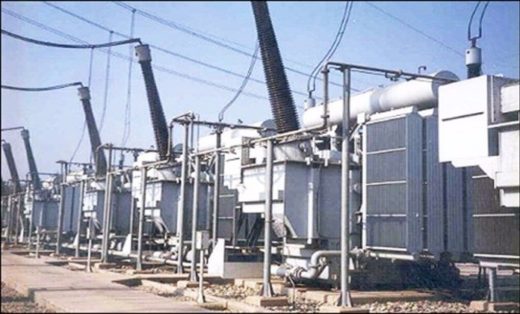11th December, 2018

The Transmission Company of Nigeria (TCN) is working toward achieving a transmission capacity of 20,000 Megawatts (MW) by 2021, its Managing Director, Mr. Usman Mohammed, has said.
Mohammed, who briefed State House correspondents on Monday at the Presidential Villa, said that the capacity of transmission was a combination of the capacity of the transformers and the lines.
According to Mohammed, TCN had installed over 3000 MW since he assumed office in February.
“But you cannot say you have added the whole of that capacity; some of them are constrained by lines.
“The capacity of transmission in 8,100 MW as of now but this cannot translate into capacity into houses.
“There has to be a balance of generation and demand and then supply.
“The total load that is connected to our network which is coming from the distribution is not more than 5kva; that is the problem.
“The capacity of TCN before 2017 was 5,000; it increased to 7,124 in December 2017 and now it is 8,100mw.
“We established the transmission, rehabilitation and expansion programme and the developmental objective is to rehabilitate, stabilise and expand the wheeling capacity of TCN to at least 20,000MW by 2021.
“It is supposed to be four years; if you look at 2017 to 2021, it is four years; so this is the plan; we are on track and I believe we are going to achieve that target,” he said.
He also said that efforts were being made to expand the combined capacity made up of generation, distribution and transmission.
According to him, it is more difficult to build a transmission network than to build that of distribution.
The managing director said that many of the equipment needed for distribution were manufactured in Nigeria while none of the transmission equipment was manufactured in Nigeria.
“When we came in, there were eight transformers in failed contracts but TCN engineers had already installed six out of the eight transformers.
“The remaining two are in the various stages of being installed.
“Some transformers on our network are not up to standard, so, we decided not to install them.
“We have taken a decision to standardise our transformers; we have hired a consultant and we have a standard design for our transformers.
“So, all those transformers that get easily burnt will not happen again,” he said.



